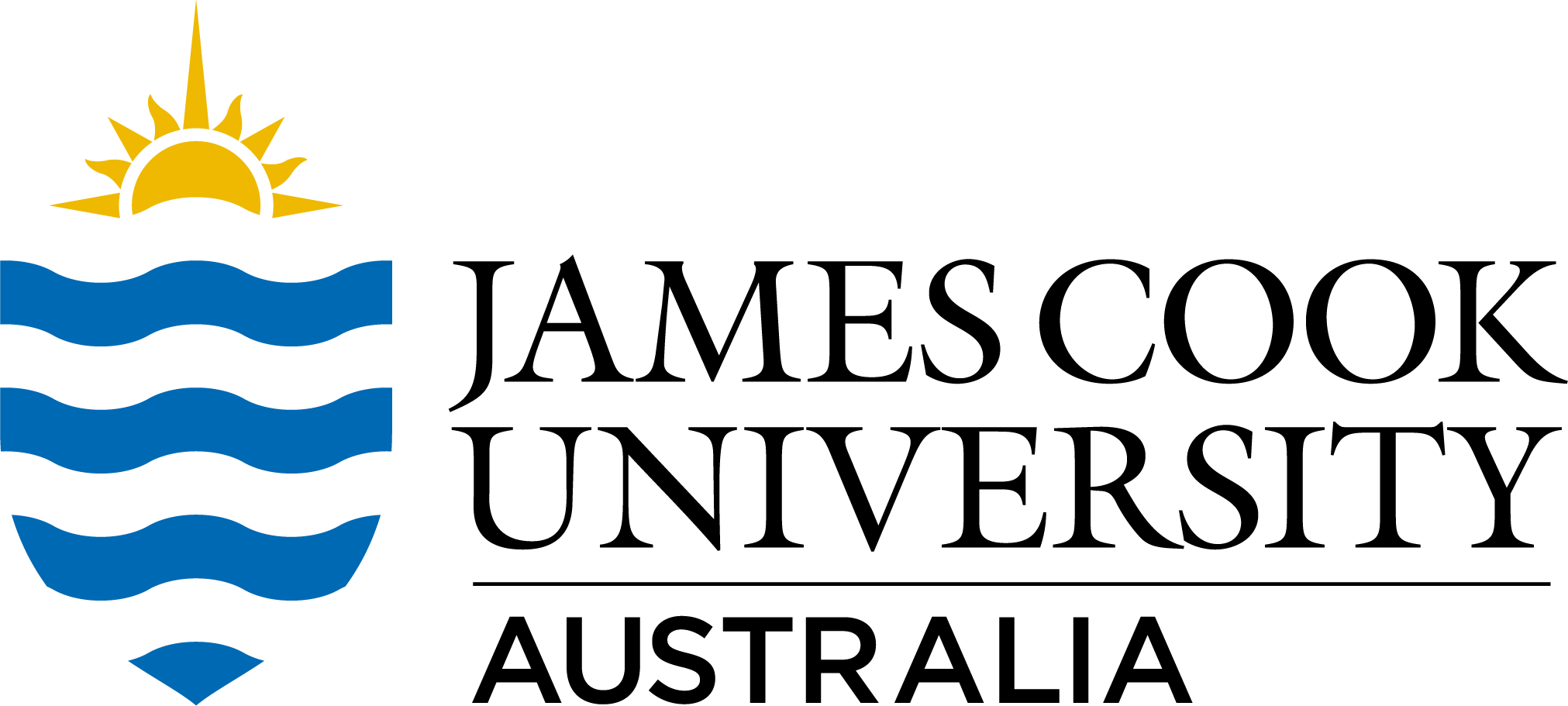Brief description
For this particular study, water quality monitoring sites have been situated at specific locations along watercourses within the Tully and Murray catchments where a high proportion of their upstream catchment is represented by one of the major land uses in the region. These include subcatchments where a high proportion of area comprises natural forest, sugarcane, bananas, grazing, urban and plantation forest. This report presents sediment, nutrient and pesticide results from water quality monitoring conducted during the 2005/06 and 2006/07 wet seasons, at both sub-catchment waterway and adjacent floodplume sampling sites. Monitoring was conducted by staff from Australian Centre for Tropical Freshwater Research (ACTFR), Australian Institute of Marine Science (AIMS) and the Cardwell Shire Council.
Full description
To assist in the development of the Tully Water Quality Improvement Plan, a subcatchment water quality monitoring program was undertaken to identify the pollutants of concern and their land-based sources. Monitoring of suspended sediments, nutrients and pesticides in subcatchment waterways was conducted during the 2005–06 and 2006–07 wet seasons, which both had above average annual flows.We found distinct water quality signals from the basin’s major land uses (forest, grazing, urban, sugarcane and banana cultivation), except for suspended sediment concentrations, which were low across all land uses when compared with neighbouring river catchments. This reflects the high ground cover of the basin and the location of intensive agriculture on low sloping areas of the floodplain, minimising the potential for erosion. Nitrate concentrations were elevated in streams draining sugarcane, indicating fertiliser export from intensive agricultural landscapes. Residues of the herbicides diuron and atrazine were detected at sites draining sugarcane, and on occasion exceeded national ecological protection trigger values, which highlights a potential threat to downstream wetlands of recognised national significance. Herbicides were also detectable offshore in flood plumes of the Tully–Murray Rivers, with some concentrations of diuron above lowest observable effect concentrations for specific species of seagrass and corals. Run-off of nitrate and diuron were identified as key water quality issues in the Tully–Murray basin.
Created: 2011-11-24
Data time period: 2005 to 2010
text: Tully and Murray River region, Queensland, Australia.
User Contributed Tags
Login to tag this record with meaningful keywords to make it easier to discover
- Local : researchdata.jcu.edu.au//published/4aacfd99bb636d22864b56f4f6a3ae52
- Local : jcu.edu.au/tdh/collection/87ad9652-8348-468e-8db3-103b9f0cf94b
- Local : 779f68071aa7b406d8c36b4930d3e68b


